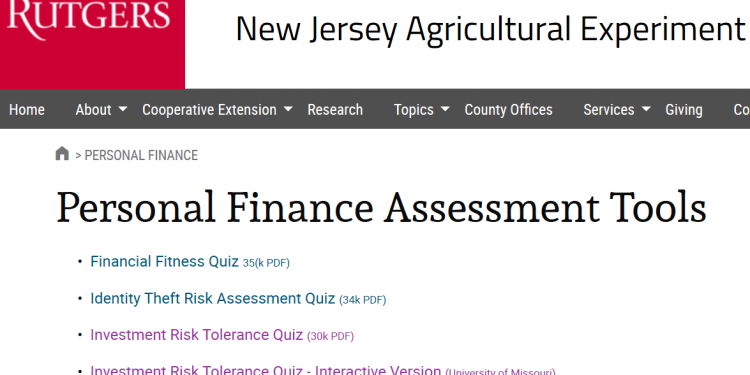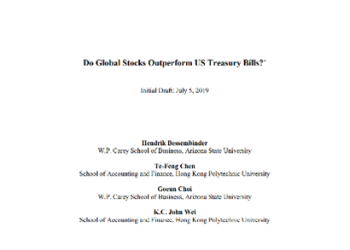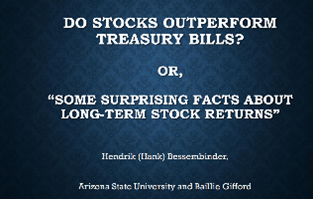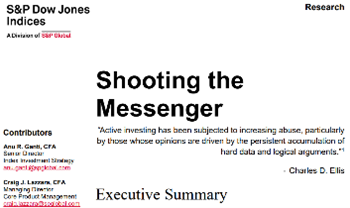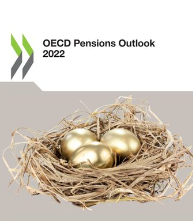This is a widely used and empirically tested investment risk tolerance assessment that includes 13 questions and provides users with feedback on their ability to handle investment risk.
There is a more in-depth and interactive version of the quiz, provided by the University of Missouri.
The higher the total score, the greater the tolerance to investment risk.
Assessment questions are based on the assessment of both thoughts on risk in hypothetical situations and current investment behaviours.
Ideally, an investor’s level of risk tolerance should remain virtually the same during positive and negative market cycles.
However, its allocation of investment assets (i.e. the percentage of the portfolio held in stocks, bonds and cash) should gradually become more conservative as the investor ages.
Risk tolerance is the investor’s ability to deal with the uncertainty that accompanies the selection of specific investment products, such as stocks and bonds.
Risk tolerance has also been referred to as “the ability factor to sleep well at night”, or in other words, “how much investment risk can everyone bear and still be able to sleep well at night?”
What factors determine investment risk tolerance?
This question is still the subject of much study and research, and so there is still no definitive answer.
However, not all related factors are financial, such as income and net worth. Investor knowledge about investments, previous investments and business experience and attitudes about risk-taking in general can also influence risk tolerance.
This test was developed by two American university professors in personal finance planning, Dr. Ruth Lytton of Virginia Tech and Dr. John Grable of the University of Georgia.
Access here:
https://njaes.rutgers.edu/money/assessment-tools/investment-risk-tolerance-quiz.pdf






